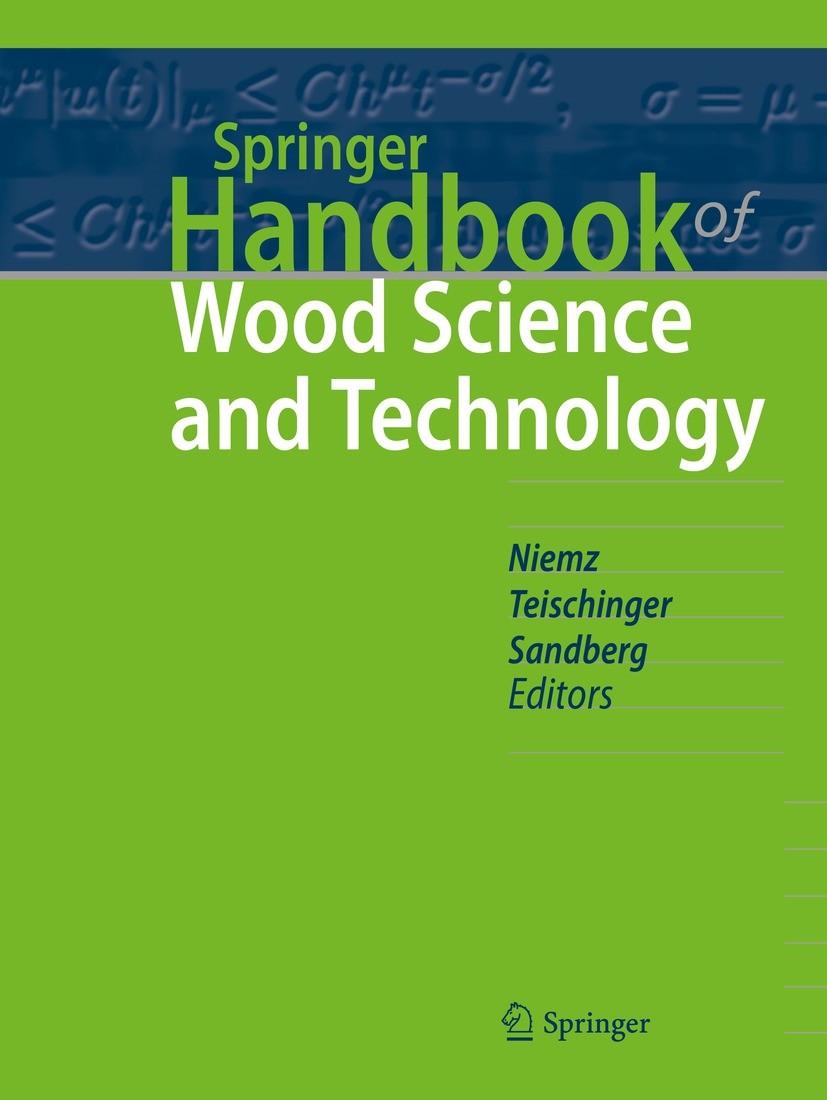Temperature-dependent orthotropic swelling of Chinese fir assessed by digital image correlation combined with X-ray densitometry
Abstract
Wood is a naturally capillary absorbing material with a hierarchical structure. Understanding the orthotropic imbibition dynamics of water and corresponding swelling in wood is valuable for providing guidance for the movement of water and impregnating liquids during wood processing and utilization. In this study, we performed a one-side imbibition test with 25℃ and 50℃ water, by combining the digital image correlation (DIC) and X-ray densitometry to evaluate the orthotropic imbibition behaviour and corresponding temperature-dependent water uptake-induced swelling of Chinese fir (Cunninghamia lanceolata [Lamb.] Hook). The results showed that the water imbibition height and average moisture content (MC) at water temperature of 50℃ were higher than those at 25℃. After 24 h of imbibition, average MC at 50℃ was 1.3 to 1.9 times than at 25℃ along three directions. The enhancement of water uptake amount along the longitudinal direction by high water temperature was weaker due to the closed structure of the tracheids. Moreover, transverse swelling strain (εR and εT) was greater at higher temperature. The εR of latewood demonstrated stronger temperature dependence than that of earlywood, which was attributed to more swelling of the thicker cell wall due to water at higher temperature. Notably, latewood exerted a restraining effect on adjacent earlywood in transverse swelling, and the effect increased with increasing strain of latewood. A correspondence between MC and radial strain was established at growth rings level, offering theoretical guidance for understanding water movement in wood and evaluating structure-property relationships within growth rings.

 求助内容:
求助内容: 应助结果提醒方式:
应助结果提醒方式:


